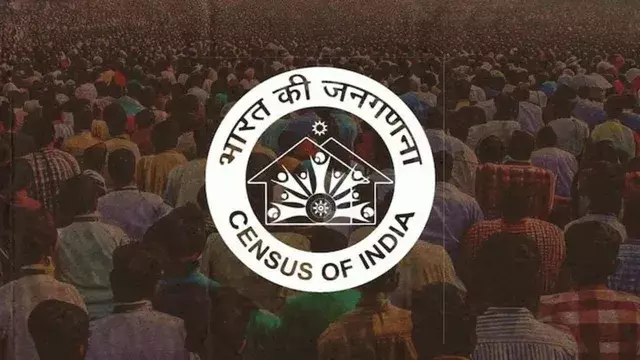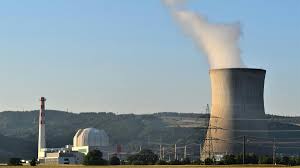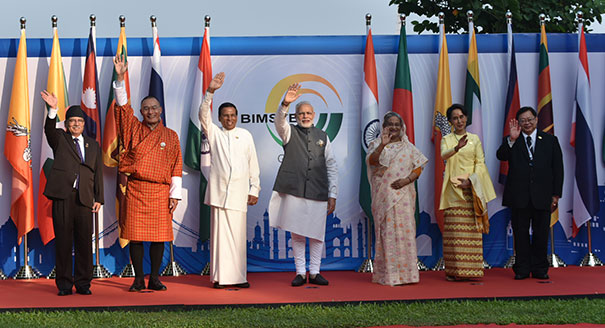- Courses
- GS Full Course 1 Year
- GS Full Course 2 Year
- GS Full Course 3 Year
- GS Full Course Till Selection
- Answer Alpha: Mains 2025 Mentorship
- MEP (Mains Enrichment Programme) Data, Facts
- Essay Target – 150+ Marks
- Online Program
- GS Recorded Course
- Polity
- Geography
- Economy
- Ancient, Medieval and Art & Culture AMAC
- Modern India, Post Independence & World History
- Environment
- Governance
- Science & Technology
- International Relations and Internal Security
- Disaster Management
- Ethics
- NCERT Current Affairs
- Indian Society and Social Issue
- NCERT- Science and Technology
- NCERT - Geography
- NCERT - Ancient History
- NCERT- World History
- NCERT Modern History
- CSAT
- 5 LAYERED ARJUNA Mentorship
- Public Administration Optional
- ABOUT US
- OUR TOPPERS
- TEST SERIES
- FREE STUDY MATERIAL
- VIDEOS
- CONTACT US
UAPA Trials Highlight India's Struggle with Justice Delays and Legal Bottlenecks
UAPA Trials Highlight India's Struggle with Justice Delays and Legal Bottlenecks
- In Oct 2024, former Delhi University Professor G.N. Saibaba passed away months after being acquitted (free from a criminal charge) in a Unlawful Activities (Prevention) Act (UAPA) case, following 10 years of imprisonment.
- In another case, the bail hearing of Umar Khalid, a Jawaharlal Nehru University student arrested under the UAPA four years ago, was delayed again due to the absence of judges.
- In Sept 2024, the Supreme Court granted bail to a UAPA detainee who had been in prison for over four years, citing delays in the trial.
These developments have highlighted issues with prolonged detentions, delayed investigations, and slow bail processes under the Unlawful Activities (Prevention) Act (UAPA), 1967.
Supreme Court Observations: The Supreme Court highlighted that “bail is the rule and jail is the exception,” even for UAPA offenses.
- It also stated that the graver the offense and stricter the bail conditions, the faster the trial should proceed.
What is Unlawful Activities (Prevention) Act, 1967?
- The UAPA is India's main anti-terror law, punishing actions that threaten the country's sovereignty and security through unlawful activities.
- In the 1960s, India was facing internal challenges, including demands for secession and separatist movements in various parts of the country.
- In 1967, Naxalbari incident in West Bengal led to spread of the Naxalite movement created a sense of terror among people and state.
- This triggered the President to bring ordinance which was later enacted as Unlawful Activities (Prevention) Act, 1967.
Key Provisions of UAPA:
- Definition of unlawful activities: Until 2004, unlawful activities covered only secession and separatism.
- After 2004 amendment the definition was broadened to include - aiding or encouraging terrorists, funding them, inciting anti-national sentiments, and other unlawful activities against the state.
- Defines terrorism as actions that cause or intend to cause death, injury, property damage, or threats to the unity, security, or economic stability of India or other countries.
- Wide-Ranging Powers to Central Government: Grants authority to NIA for investigating and prosecuting cases.
- The 2019 amendment allows the Centre to designate any organization or person as a terrorist.
- Applicability: The law applies inside and outside India. Both Indian and foreign nationals can be charged under this act.
- Detention and Bail: Suspects can be detained without trial for up to 180 days. Bail can be denied unless the court is convinced of their innocence.
- Punishments: The Act provides for severe punishments, including the death penalty and life imprisonment.
- Special Court: There are provisions for the establishment of special courts exclusively to handle cases related to the UAPA, ensuring a dedicated judicial process for such offenses.
- Approval for property seizure by National Investigative Agency (NIA)
- The 2019 amendment allows Insertion to the schedule of treaties; where the schedule lists NINE treaties comprising of the Convention for the Suppression of Terrorist Bombings (1997) and the Convention against Taking of Hostages (1979).
- With 2019 amendments, NIA is allowed probing for cybercrimes and cases of human trafficking.
- In September 2024, Hon. Supreme Court ruled that 14 day timeline for granting sanction for prosecution under the act is mandatory and not discretionary, where both state and center are required to work within time limit- including both independent review (7days) and government decision (7 days).
Significance and Challenges of UAPA
|
Significance |
Challenges |
|
UAPA grants agencies powers to prevent and investigate terrorism, allowing them to label individuals and organizations as terrorist entities for proactive action. |
Provisions are seen as stringent, potentially infringing on civil liberties and fundamental rights, leading to fears of arbitrary arrests and detentions without trial. |
|
Stringent measures act as a deterrent, discouraging individuals and groups from engaging in terrorist acts due to the fear of severe legal consequences. |
The Act is criticized for being used against political protestors, activists, and marginalized groups. |
|
Strengthens legal mechanisms by allowing the use of electronic evidence, surveillance, and other investigative tools, aiding in successful convictions. |
Despite judicial oversight, gaps in the legal framework may leave room for misuse, particularly with extended detention periods and limitations on bail. |
|
Aligns India’s legal stance with global standards, improving collaboration and information exchange with other nations in combating cross-border terrorism. |
The UAPA faces scrutiny from global human rights organizations for alleged human rights violations. |
|
Equips authorities to address the evolving threat of terrorism.e.g. cyberterrorism |
It can discourage dissent and activism, as people may fear being labeled extremists for expressing controversial opinions. |
|
Includes measures to curb radicalization and support deradicalization efforts. |
Alleged disproportionate targeting of religious and ethnic minorities may promote discrimination, stigmatization, and social divides. |
Data on UAPA Case Delays:
- By 2022, 50% of UAPA cases were pending at various investigation stages for over three years – 2nd only to crimes like forgery and counterfeiting.
The share of UAPA cases pending for over three years has increased from 40% in 2019 to 50% by 2022.
Landmark Cases on UAPA
- Arup Bhuyan vs State of Assam (2011): The Supreme Court ruled that being a member of a banned organization does not make a person guilty. A person can be incriminated if they engage in violence, incite others to violence, or perform actions meant to create disorder.
- Mazdoor Kisan Shakti Sangathan v. Union of India (2018): The Supreme Court affirmed that protests against government and parliamentary actions are lawful, as long as they remain peaceful and non-violent.
Union of India v. K A Najeeb (2021): The Supreme Court clarified that despite UAPA’s bail restrictions, constitutional courts can grant bail if they find that the accused’s fundamental rights have been violated.
Laws Related to Terrorism in India
|
UAPA is significant in protecting national security by giving government and law enforcement agencies the tools to combat terrorism and unlawful activities. However, checks and balances are essential to prevent misuse with speedy trials to ensure human rights.
Previous Year UPSC Prelims Question
With reference to Rowlatt Satyagraha, which of the following statements is/ are correct? (UPSC Prelims 2015)
1. The Rowlatt Act was based on the recommendations of the 'Sedition Committee'.
2. In Rowlatt Satyagraha, Gandhiji tried to utilize the Home Rule League.
3. Demonstrations against the arrival of Simon Commission coincided with Rowlatt Satyagraha.
Select the correct answer using the code given below.
(a) 1 only
(b) 1 and 2 only
(c) 2 and 3 only
(d) 1, 2 and 3
Answer: (b) 1 and 2 only
Practice Question
With reference to the Unlawful Activities (Prevention) Act (UAPA), 1967, consider the following statements:
1. UAPA has strict bail provisions making bail difficult to obtain.
2. The Act primarily aims to curb unlawful activities threatening the sovereignty of India.
3. UAPA cases are fast-tracked by special courts.
Which of the statements given above is/are correct?
(a) 1 and 2 only
(b) 2 and 3 only
(c) 1 and 3 only
(d) 1, 2, and 3
Answer: (d) 1 and 2 and 3




